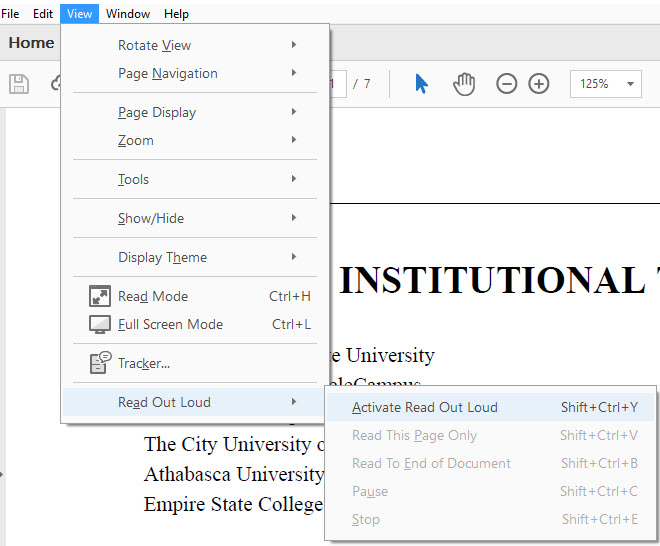The library's databases present articles and abstracts in two different formats: PDF or HTML.
HTML
Any EBSCO database has built in text-to-speech capabilities with HTML full text documents. Any article that provides HTML full text can be read with that built-in reader. You can see more details about that in the following document.
There are a number of options for you to use screen readers to read the full text of those documents.
The ARTstor Digital Library is a resource that provides images for teaching, learning and scholarship. It is not possible to create a text equivalent for the images made available through the ARTstor service, since the images themselves convey meaning in a manner that cannot be adequately replicated through text.
This page explains how you can take advantage of some of the techniques we’ve used to enhance accessibility within ProQuest. Among the tools include:



Spalding University Home